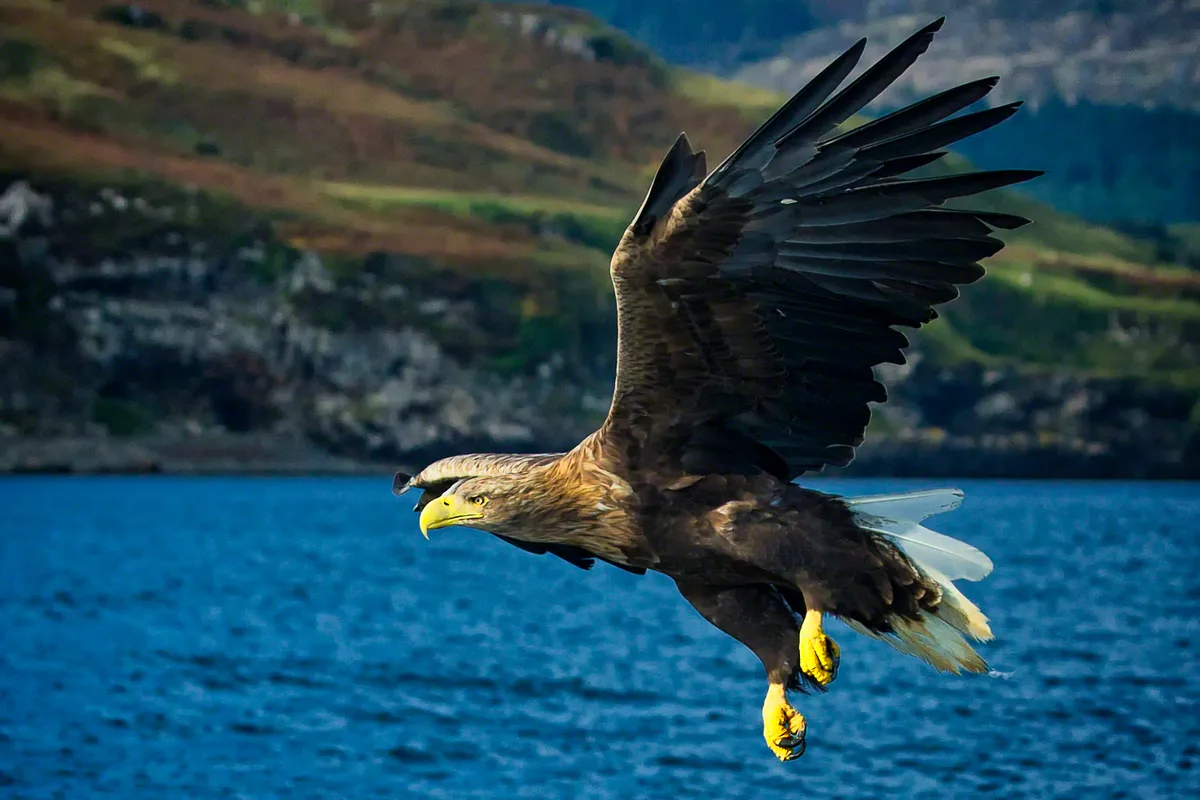The pair is one of five territorial pairs that have nested in the Cairngorms National Park this year, of which three have fledged young.
The eagles nested on Mar Lodge Estate nature reserve — an estate managed principally for deer and grouse, and one of six estates in the East Cairngorms Moorland Partnership. The chicks were named Victoria and Albert by the team at the Estate, guided by local input.
Although sea eagles (also known as white-tailed eagles) have been in the area now for several years, this is their first successful breeding attempt in Deeside. It is thought that sea eagles have not bred in this part of the Cairngorms since the early 1800s.
The largest bird of prey in the UK, sea eagles became extinct in Scotland in 1918. The landscape was absent of these impressive birds for almost 60 years, before they were reintroduced first to the west coast in 1975, using birds from Norway, where the birds are the most populous.

In 1993 and 1998, more birds were introduced, which has resulted in a growing breeding population on Scotland’s west coast.
More sea eagles were introduced in 2007 and 2012, this time to the east coast. It was hoped that this would help the birds to re-establish themselves across the country sooner.
However, the colonisation of the birds across the rest of Scotland has been slower than hoped. This is in part due to ongoing persecution against raptors — the factor that led to their eventual extinction from the country in the early 20th century.
“Despite their name, sea eagles are generalist birds that would once have been found breeding across Scotland,” commented Claire Smith, RSPB Senior Conservation Officer.
“It is great to see the population increasing across the Park and we hope that a reduction in persecution will allow this to continue as there is a lots of suitable habitat for the birds to inhabit.”
